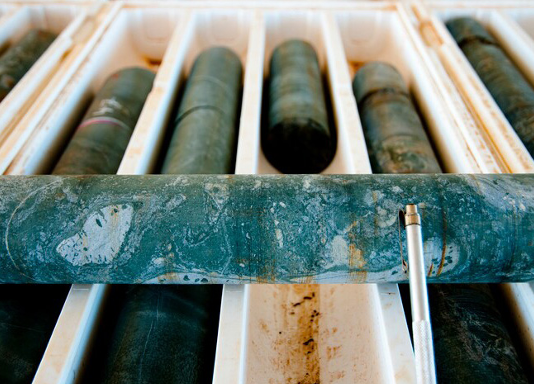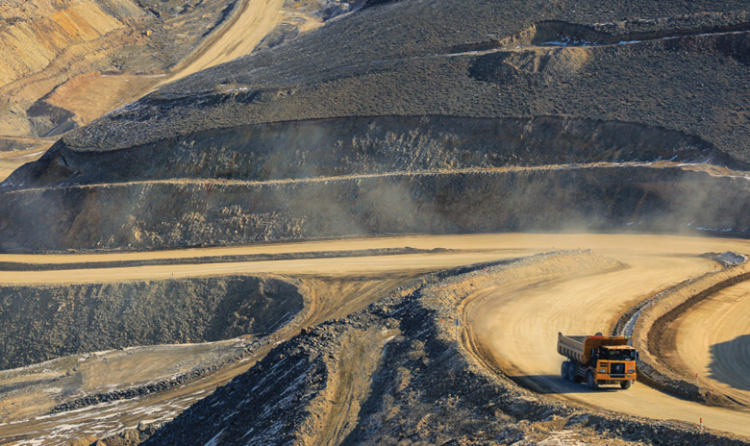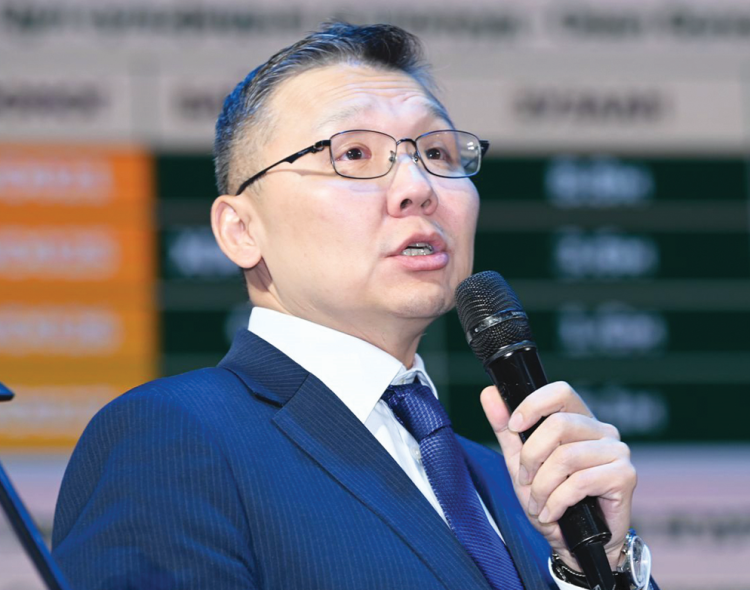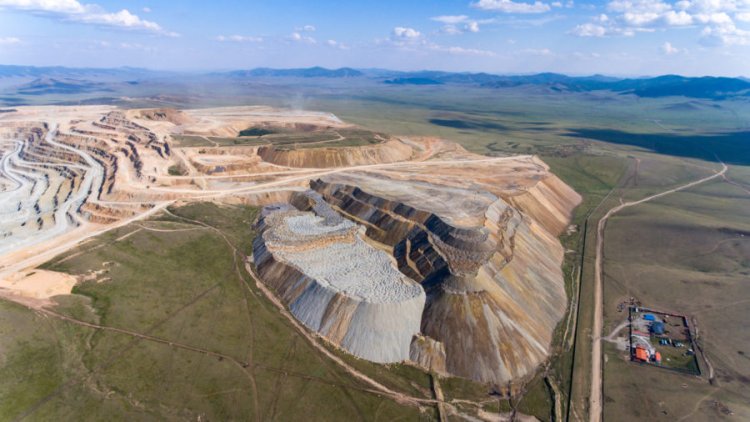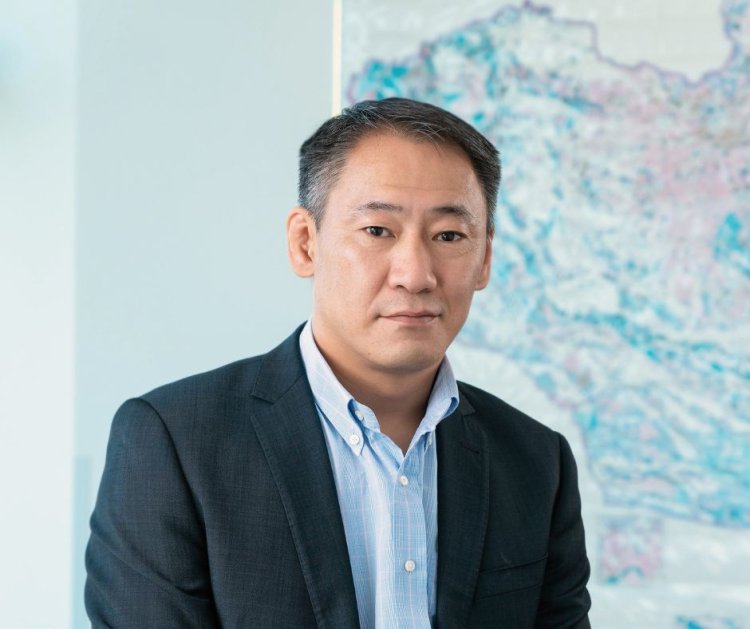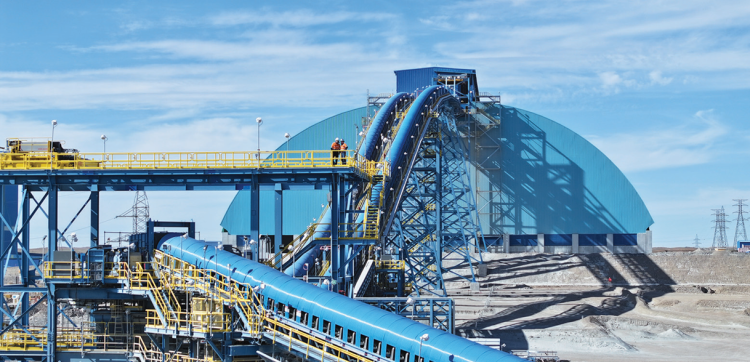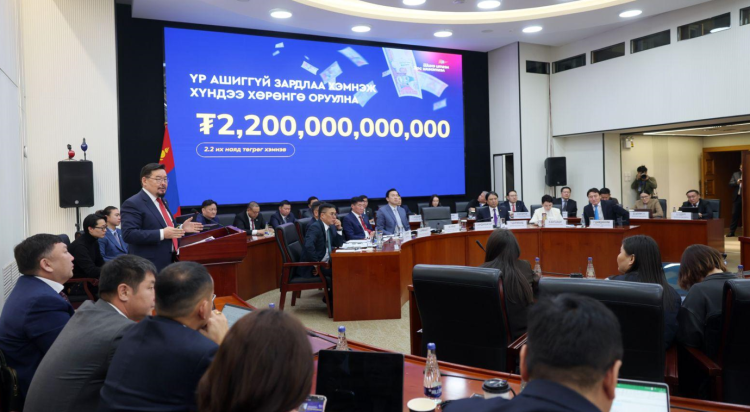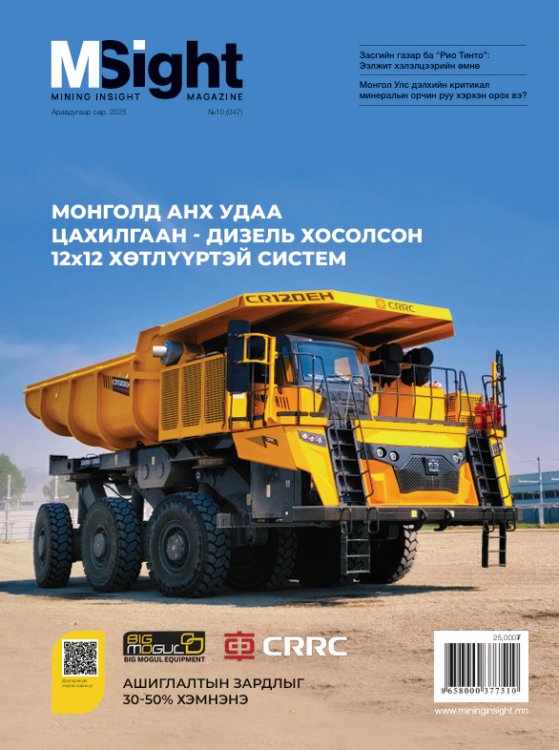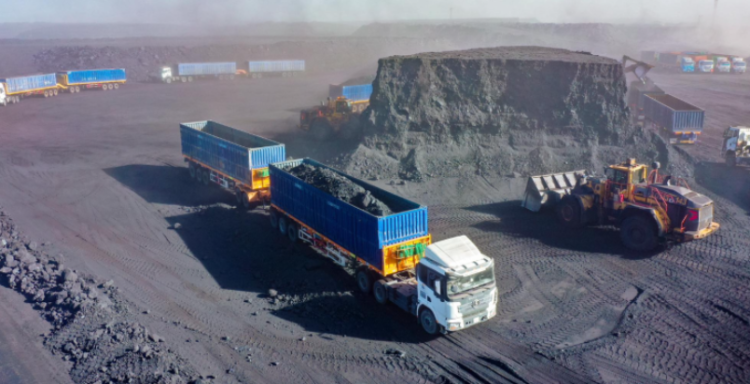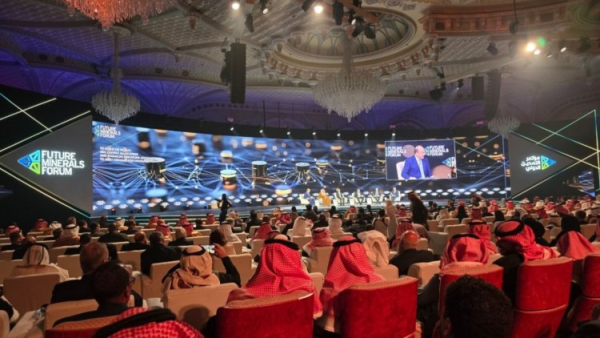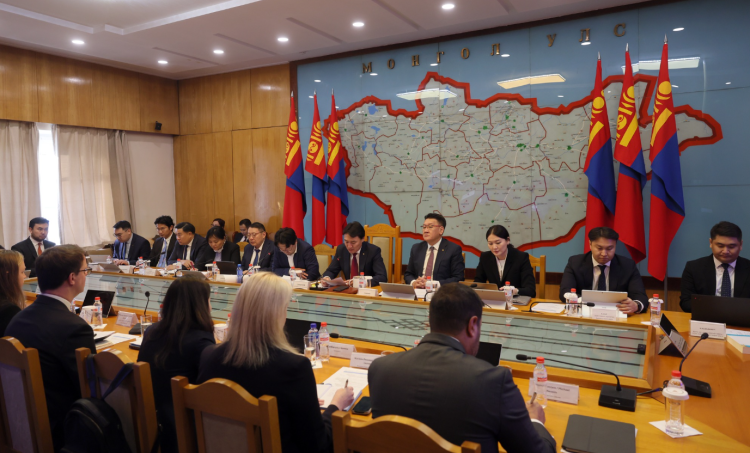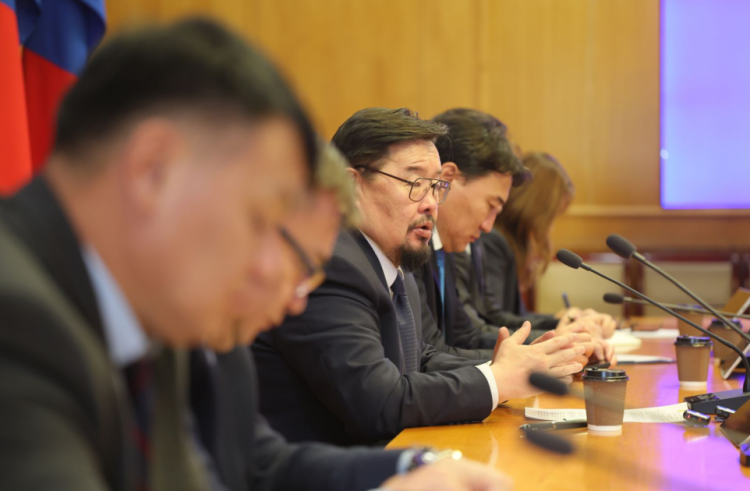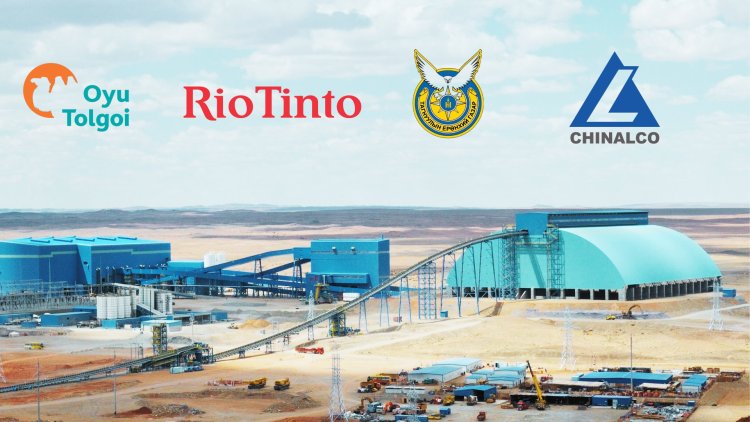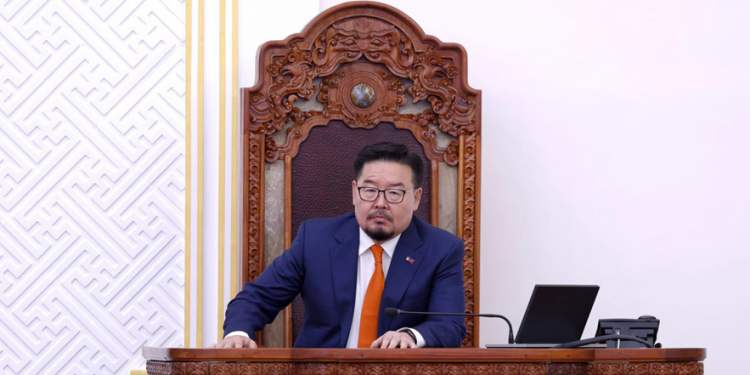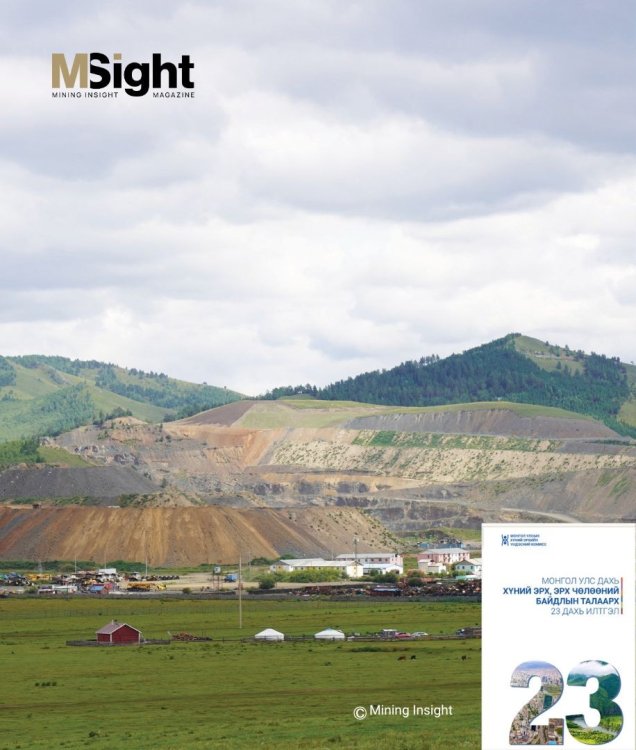Member of Parliament B. Uyanga is leading work on the state policy and draft law on Critical minerals. Mining Insight’s N. Ariuntuya spoke with her about the initiative.
The policy and draft law on critical minerals are entirely new concepts in Mongolia’s legal framework. What is the main idea behind them?
The draft law to support critical mineral projects introduces the principle that the Government will approve the list of critical minerals. Professional institutions will conduct studies to determine which minerals in Mongolia are in global demand yet undersupplied, and how to attract investment into those deposits. The draft also outlines how Mongolian citizens will benefit once such deposits are developed, investments are made, and extraction begins.
Currently, Mongolia’s legal framework does not define the “benefits” of the mining sector. We tend to view benefits only in economic terms — for example, by focusing on the percentage of royalties and their distribution. Yet, beyond that, there is the concept of social benefit in its classical sense. The number of professionals trained and employed through a project affects not only the employees themselves but also their families and the local economy. Building schools, kindergartens, and infrastructure in mining communities should likewise be considered social benefits.
If the benefits of resource use are clearly defined, it would enable broader discussions with investors and project implementers. Hence, the draft law attempts to clarify what constitutes the “benefit” of a mining project — and many proposals have already been submitted.
In short, laws should be clear, intelligent, and adaptable — but always under the guiding principle of sound reasoning.
Another key issue is defining the “impact area.” Project implementers often compensate households affected by mining operations. However, current laws provide no clear definition of what an impact zone is or who qualifies as an impacted resident. This draft seeks to establish such a definition. If agreed upon through thorough consultation, this would make future negotiations more effective and transparent.
The draft also aligns with other laws to prevent legal conflicts. For instance, under the Law on Land, local Citizens’ Representative Khurals sometimes allocate land already licensed by the Mineral Resources and Petroleum Authority. Both act according to law — one under the Minerals Law, the other under the Land Law — yet disputes arise. The new draft addresses this by introducing coordinated amendments to the Law on Land.
Another conceptual area concerns “resource taxation.” In mining, projects typically recover their initial investment before generating profit — a process that can take years. For example, Mongolia has not yet received profit from Oyu Tolgoi, and may not until 2039. Despite this, the government committed to holding a 34% stake, which also requires additional investment as the project expands. Instead of maintaining such obligations, it would be more efficient to collect a fixed tax from sales revenue, directing it straight to the National Wealth Fund. Related amendments to the National Wealth Law are also proposed.
Some industry representatives argue that the tax burden is already high. According to research by Professor Narantuya at the National University of Mongolia, the mining sector faces an effective tax rate of 34%, including royalties, corporate income tax, and other levies — plus high social insurance contributions due to elevated wages. In response, the draft proposes reducing the copper royalty rate, one of the most heavily taxed minerals, and addressing the issue of double taxation often raised by processing companies.
Clarity and predictability for investors: The overarching goal is to create a transparent legal environment. Instead of vague provisions such as “up to 34%” or “up to 51%,” the law will state precise obligations: if you operate in Mongolia, you must do so responsibly; this is how the government supports you; and this is the percentage of export revenue to be paid into the National Wealth Fund.
In short, laws should be clear, intelligent, and adaptable — but always under the guiding principle of sound reasoning.
The draft law seeks to address five major issues. There is also an ongoing debate about its title — whether it should be called the Law on Critical Minerals or the Law on High-Tech Raw Materials. The latter has gained broader support. The title will be finalized before submission to Parliament, with several Members of Parliament collaborating on the draft.
Some advanced new regulations are not covered by the current Minerals Law. Does this mean that minerals not classified as “critical” or “high-technology raw materials” will fall outside the scope of this law?
Mongolia’s mineral resources are already governed through a fragmented legal framework divided by type. Not all minerals are used in high technology. For example, gravel, crushed stone, and sand fall under the Common Minerals Law; water, as a liquid mineral resource, is regulated by the Water Law; and radioactive minerals are governed by the Nuclear Energy Law. Each has its own set of rules. If Mongolia aims to develop and process high-technology raw materials domestically, a separate dedicated law may indeed be justified. The current draft is concise — only four pages long.
When will the draft law be submitted?
The draft has already been discussed for 60 days on the D-Parliament platform, where open feedback was collected. The Government’s official comments are now awaited. Despite the current political environment, it is hoped that the Government will submit its position soon. Close coordination with the relevant ministry will also be essential. If certain provisions overlap with amendments to the existing Minerals Law, both could be submitted together.
Thank you for the interview.




